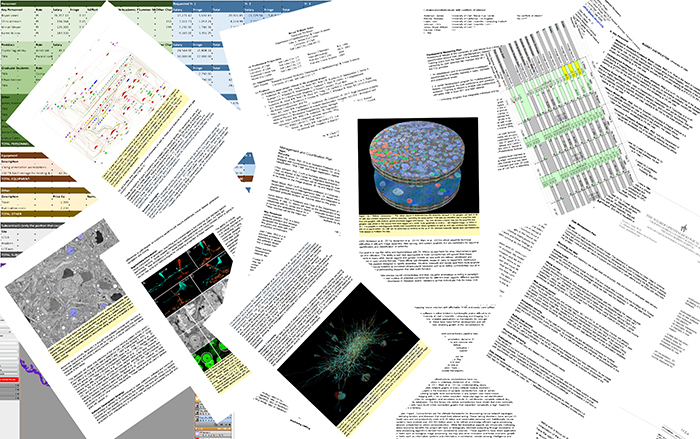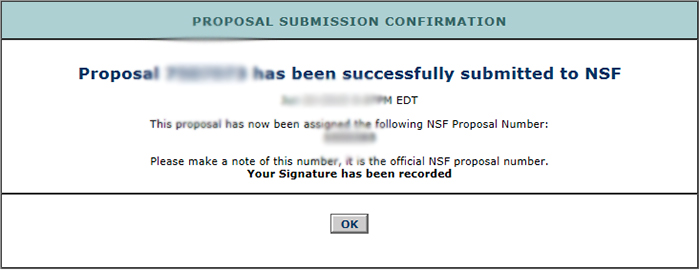The NSF grant has been submitted.
The future of large image driven data projects like connectomics requires sophisticated software. This particular grant aims to improve the software environment considerably, enabling large numbers of neuroscience laboratories around the world to easily participate in connectomics initiatives by building their own connectomics volumes, exploring, annotating and extracting data from them.
Connectomics as a field, is where genetics was 20 years ago. We are on the cusp of a revolution, but like genetics, this revolution will require wide access to software to assemble, segment, and derive meaning from datasets. At this moment, the small connectomics field has developed/adopted the required scientific methods and computational algorithms but lacks the engineering resources required to expand. Instead a few high-profile projects have generated lots of attention and hype, and have experienced various degrees of success thanks to the efforts of dedicated software engineering teams. However, the connectomics field is at a vulnerable point where it must expand into smaller lower cost labs to become a healthy sustainable field. Our tools are well suited to help in this transition. The connectomics software tools we have developed have been used by a number of other laboratories who have accessed our data or registered their own volumes and other labs still are requesting our tools, services and collaboration to help them assemble connectomics volumes.
Our working group was one of the first to ever assemble a vertebrate connectome, is the only group with a connectome of sufficient size and resolution to see all synapses and gap junctions, and currently is the only working group with a dataset that is being funded by the NEI. Our group has a strong history of working together to build connectomics tools designed to elucidate the wiring of the retina, and understand how those neural systems are constructed at the optimal resolution required to see the connections.
Our hopes are that this project will make available to the wider neuroscience community sophisticated, yet accessible tools to enable other research groups to pursue wiring problems from blindness to epilepsy to traumatic brain injury, Alzheimer’s disease, multiple sclerosis, psychiatric disease and more. In addition, applications to biological informatics and collaborative research in computational neuroscience, olfaction, biological imaging and visualization and evolution of neural systems are clear applications for this work.


One Reply to “NSF Software Development Grant, Submitted”